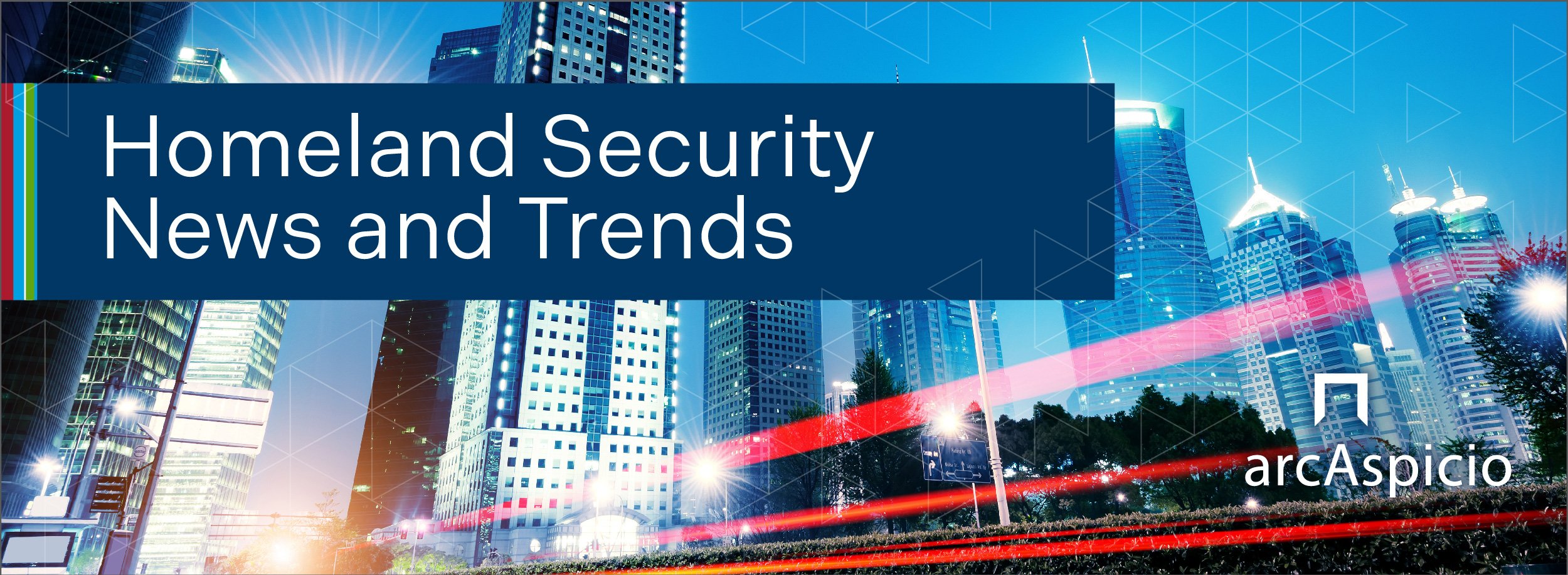
Building Strong Stakeholder Relationships Through Compelling Outreach
In the dynamic landscape of modern governance, Federal agencies are increasingly recognizing the transformative potential of outreach to build effective and trusted relationships with stakeholders.
Robust, well planned stakeholder engagement is often the key to success in major transformation programs. Communicating with communities about their potential flood risk, communicating with customers of the social security administration, or getting feedback from passengers about airport checkpoint experiences are all examples of engagement that builds support for government initiatives.
Everyone knows about communicating with stakeholders. So, how do you make the outreach compelling so that it fosters trust and buy-in?
Interactions with stakeholders through interviews, surveys, idea collection software, or workshops can lead to a strong understanding so Government agencies can implement successful improvements or initiatives to enhance the customer experience or achieve their mission goal.
Compelling stakeholder engagement by federal agencies can occur on any scale– global or national. For example, at a global level, in 2020 the US Environmental Protection Agency held a North American Tripartite Technical Working Group on pesticides bringing together representatives from Canada and Mexico. It gave stakeholders the opportunity to talk directly with agency leaders on their day-to-day issues and gave them an opportunity to collaborate on solutions. The outcome of the event was stronger cross-collaboration between nations and stakeholders impacted by the agricultural and trade regulations.
Building trusted relationships through compelling stakeholder outreach involves a thoughtful and strategic approach. Here are some best practices to consider:
Identify and Understand: Define key stakeholders and their needs to tailor engagement
Select Channels Wisely: Based on the stakeholders, carefully consider the right channel to engage; meetings, interviews, surveys, idea inputs, and workshops are just some of the channels. Observation of customers throughout their experience is another method. Find cost effective channels where you will get enough input or feedback to empathize with the stakeholder
Listen Actively: Value their input, actively listen to concerns, and acknowledge their perspectives. See challenges and potential solutions through their lens. Build personas to reflect different viewpoints
Transparency and Communication: Share information openly, maintain transparency, and foster two-way communication. Track interactions and assess lessons learned to improve communication over time
Collaborative Decision Making: Involve stakeholders in decisions, showing their input matters and driving trust
Effective stakeholder outreach, planned at the beginning and aligned with a program’s strategy, can establish common objectives, and build or strengthen relationships. By embracing the significance of stakeholder engagement and addressing the challenges of diverse interests, programs can pave the way for more inclusive interactions and build trust for future initiatives.




















